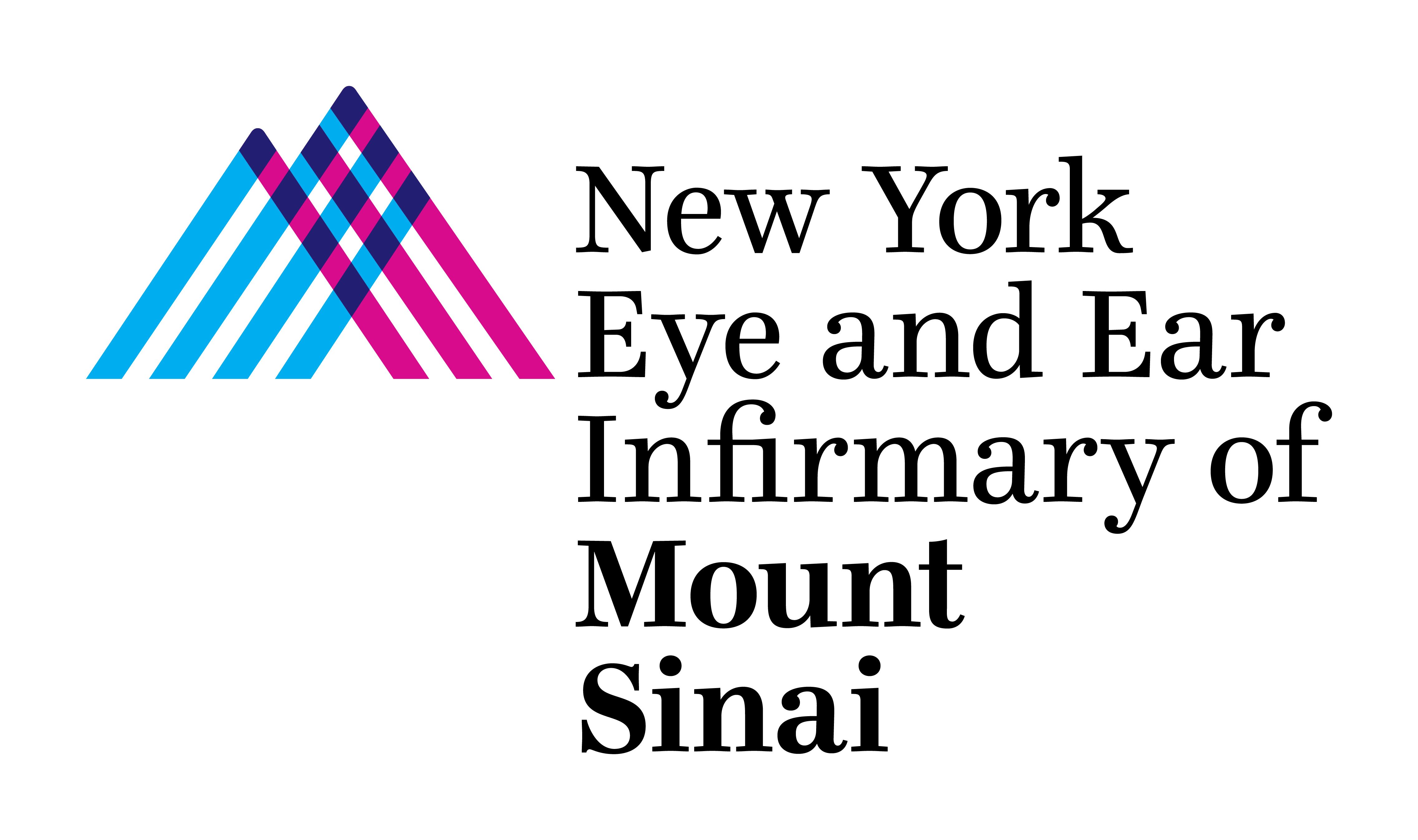
Novel MIGS stent technology boasts robust IOP-lowering effect in open-angle glaucoma

First-in-human biologic stent in ophthalmology is a conforming implant material, i.e., a soft, scleral wall compliant bio-tissue to structurally reinforce the cyclodialysis cleft opening.
Iqbal K Ahmed, MD, director of the Alan S. Crandall Center for Glaucoma Innovation, Moran Eye Center, University of Utah, Salt Lake City, and colleagues, reported that this novel ab interno aqueous-drainage suprachoroidal bioimplant was surgically feasible, safe, and had a “robust” intraocular pressure (IOP)-lowering effect.
This device, a scleral biotissue, which was created by Sean Ianchulev, MD, MPH, of New York Eye and Ear Infirmary and the Icahn School of Medicine at Mount Sinai, New York, is a conforming implant material, i.e., a soft, scleral wall compliant bio-tissue to structurallyreinforce the cyclodialysis cleft opening.
The device does not contain hardware, i.e., no plastic, metal or rigid, foreign body, and has no rebound movement; it is characterized by enhanced post-deployment fixation-tissue hydrationand expansionin situ in the cleft.
The investigators pointed out that the biotissue is up to 10 times more permeable than the cornea.
They studied the clinical performance of this biostent for decreasing IOP in open-angle glaucoma (OAG).
All surgeries were performed at 1 center. Patients underwent a concomitant cataract surgery with ab interno cyclodialysis reinforced with this microtrephined scleral donor tissue biostent, they described, The key outcomes were the adverse events, IOP-lowering capabilities, and anti-glaucoma medication use at 12 months postoperatively.
Results of stent implantation
One eye each of 10 consecutive patients (mean age, 74.1 years) with OAG who had a visually relevant cataract were enrolled in the study. The mean preoperative baseline IOP was 24.2 ± 6.9 mmHg; the patients used a mean of 1.3 ± 0.8 IOP-lowering medications. The stent was implanted successfully in all eyes, and no visually relevant complications occurred. No eyes lost more than 2 lines of best-corrected vision.
“At 12 months after implantation, 80% of eyes achieved a 20% or greater decrease in IOP,” the investigators reported.
The mean postoperative IOP was a mean of 14.6 ± 3.2 mmHg, which translated to a mean decrease in IOP of 40%. In line with this reduction, the use of ocular anti-glaucoma medications dropped by 62%.
The conclusion of this first-in-human experience with this aqueous drainage suprachoroidal bioimplant was that the implant demonstrated surgical feasibility, safety, and a robust IOP-lowering effect.
“The device created a durable conduit for suprachoroidal outflow. The allograft biostent was well tolerated with no intraocular adverse events or inflammation on standardpost-phaco management. There appeared to be no tissue reaction to the allograft implant. The biostent appears stable in the cyclodialysis cleft with no postoperative migration or corneal touchas assessed on clinical gonioscopy, likely due to lack of rigid metal or polymer materials as in first-generation MIGS implant,” the investigators concluded.
Newsletter
Don’t miss out—get Ophthalmology Times updates on the latest clinical advancements and expert interviews, straight to your inbox.
















































.png)


